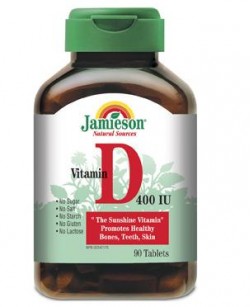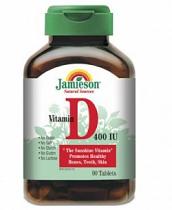Vitamins D3 and A: Anti-aging and anti-flu -- Stop cancers
Dr Vikki Petersen giving us the latest research on vitamin D3. Goes over what illnesses and diseases can be caused by a deficiency of vitamin D. Here is some other information about vitamin D [video below].
I’ve written on this topic before but I have some new, updated information that I think warrants some attention.
There certainly has been a buzz about the importance of Vitamin D3 and getting your levels tested. But what happens once you do? You may remember the chart below where the cut-off for concern seems to be at <30. Well new research has upped that level to be >60, with 60-100 being the target, especially if there’s any risk of cancer.
Normal or Suboptimal Levels of 25 hydroxy vitamin D
<10 ng/ml = severe deficiency
10-20 ng/ml = deficient
20-30 ng/ml =insufficiency
30-40 ng/ml = possibly insufficiency
>36 ng/ml = decreased incidence of heart disease
>40 ng/ml = decreased incidence of MS
40-50 ng/ml = probably sufficient levels
>50 ng/ml = sufficient or optimum levels
>50 ng/ml = decreased incidence of cancer
80-100 ng/ml = goal for most cancer patients
>125 ng/ml = potentially toxic
So please be pro-active. Realize that many doctors follow the guidelines given to them by the lab. If they're not on the cutting edge of Vitamin D research they may give you the "green light" that your status is fine even if it's only 32! You now know that's not sufficient. It's fine and safe to sensibly take a good quality Vitamin D3 on your own. Just make sure to recheck the level.
The exciting cancer news is that Vitamin D3 is considered the only substance that can reduce 78% of all cancers. Vitamin D affects over 200 genes in our body and is involved in the transcription of genes (how the genes are “read” or “expressed”).
As mentioned in an earlier post, a deficiency in Vitamin D3 is causally related to MS and current research estimates that a patient with MS may need 14,000 IU/day.
What’s too high? A daily dose of 50,000 IU can be immunosuppressive.
With the flu season almost upon us, finding out your Vitamin D3 status and supplementing properly could well assist in avoiding that nasty viral infection. The lower your level the more aggressive you want to be in supplementing. Take between 1,000 - 5,000 IU/day for 1 month and then recheck your level. If it's coming up nicely continue. If the change is very slow, consider doubling the dose you’re taking and recheck again in another month. Barring any other reason for malabsorption (undiagnosed celiac or gluten sensitivity as an example!) you should see a nice change with adequate supplementation.
Comments
There are 0 comments on this post













